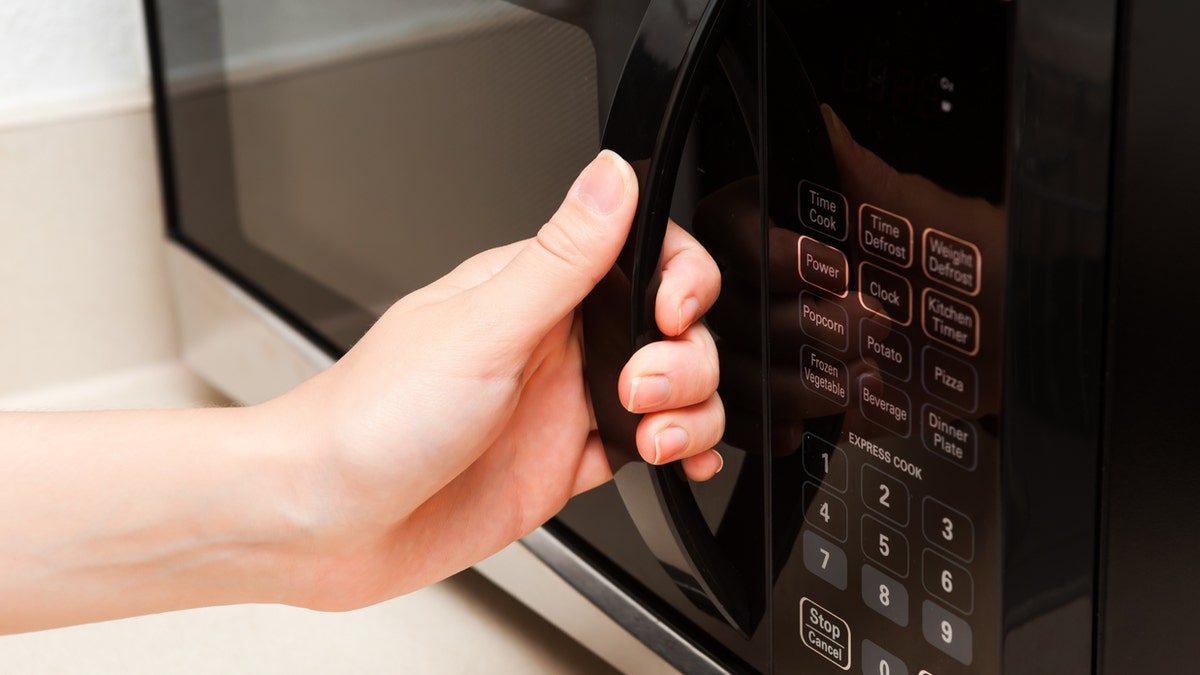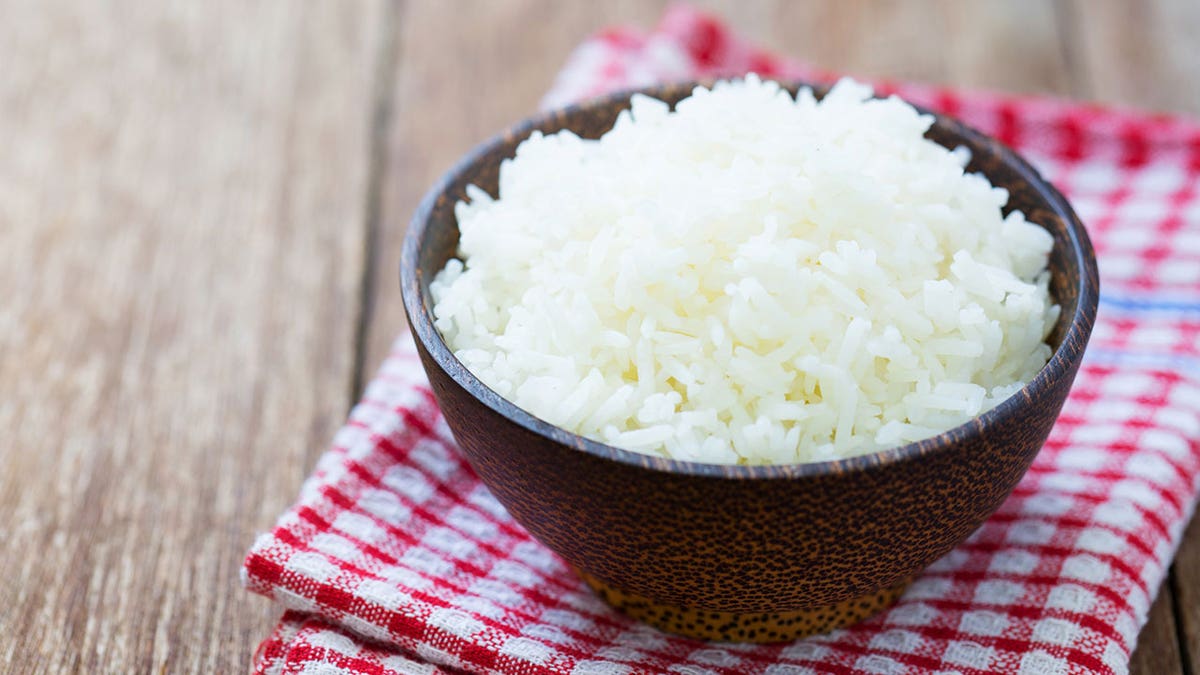
A microwave does not cook food evenly, which often means that any bacteria present in the reheated foods will survive. (iStock)
Some 30 years ago, American kitchens received the gift of the microwave and quickly became dependent on it for lightning-fast heating. Younger generations can’t even imagine making oatmeal, hot chocolate, or popcorn without it. And yet so many of us are using the microwave incorrectly for reheated foods. Sure, we know to never zap aluminum foil, metal, or plastic, but there are equally dangerous risks involved in nuking certain foods.
For starters, a microwave does not cook food evenly, which often means that any bacteria present in the reheated foods will survive. Then there’s the problem of microwave blasts directly contributing to the production of carcinogenic toxins. To minimize the microwave risks, don’t use it to cook or warm these six foods:
Hard-boiled eggs
Shelled or unshelled, when a hard-boiled egg is cooked in a microwave, the moisture inside creates an extreme steam buildup, like a miniature pressure cooker, to the point where the egg can explode! Even scarier, the egg won’t burst inside the microwave while it’s being heated, but afterward, which means the scalding hot egg can erupt in your hand, on your plate, or even in your mouth. To avoid turning your egg into a steam bomb, cut it into small pieces before reheating, or better yet, avoid putting it in the microwave altogether.
More From Reader's Digest
Breast milk
Many new mothers freeze and store their breast milk for later use, which is great, as long as it’s not reheated in a microwave. In the same way that microwaves heat plates of food unevenly, they can also warm a bottle of breast milk unevenly, creating “hot spots” that can severely burn a baby’s mouth and throat. Then there’s the carcinogen hazard that comes with reheating plastic. The FDA recommends that breast milk and formula be thawed and reheated in a pot on the stove, or using hot tap water. As a workaround, you could heat a cup of water in the microwave and then drop the bag or bottle of breast milk in it to thaw.
Processed meat
Processed meats often contain chemicals and preservatives that extend their shelf lives. Unfortunately, microwaving them can make those substances worse for your health. In microwaving processed meats, we might unknowingly be exposed to chemical changes such as oxidized cholesterol in the process, according to research in the Journal of Agricultural and Food Chemistry. A study in the journal Food Control suggests that reheating processed meats with a burst of microwave radiation contributes to the formation of cholesterol oxidation products (COPs), which have been linked to the development of coronary heart disease. Compared to other meal-prep methods for reheated foods, microwaving processed meats is far more likely to introduce COPs into your diet. Don’t miss these other summer foods likely to give you food poisoning.

Microwaving rice can sometimes lead to food poisoning. (iStock)
Rice
Rice, really? Well, according to the Food Standards Agency, microwaving rice can sometimes lead to food poisoning. The issue with rice involves the common presence of a highly resistant bacteria called Bacillus cereus. Heat kills this bacteria, but it can have produced spores that are toxic, according to findings in the International Journal of Food Microbiology—and surprisingly heat resistant. A number of studies confirm that once rice comes out of the microwave and is left out at room temperature, any spores it contains can multiply and cause food poisoning if you eat it. (The humid environment of the warm rice makes it an ideal breeding ground.) As is explained on the U.S. government website Food Safety: “B. cereus is a type of bacteria that produces toxins. These toxins can cause two types of illness: one type characterized by diarrhea, and the other, called emetic toxin, characterized by nausea and vomiting. Sources: a variety of foods, particularly rice.” To avoid contaminated rice, heat it to near boiling and then keep it warm (above 140 degrees F) to keep it food safe.
Chicken
The most important thing to realize about microwaves is that their heat does not always kill bacteria, because microwaves heat from the outside in instead of the inside out. As such, certain bacteria-prone reheated foods will have higher risk of causing sickness when these bacterial cells survive. Bearing this in mind, you can see why chicken, which is at risk of salmonella contamination, could be a dangerous food to microwave. Before eating chicken, you have to cook it thoroughly to eliminate all present bacteria. Since microwaves don’t fully or evenly cook all parts of the meat, you’re more likely to be left with surviving bacteria, such as salmonella. In one study, out of 30 participants who reheated raw meat, all 10 who used a microwave became ill, whereas the 20 who used a skillet were fine. This goes to show how much bacteria can survive in meat when microwaved, compared to other cooking methods.
